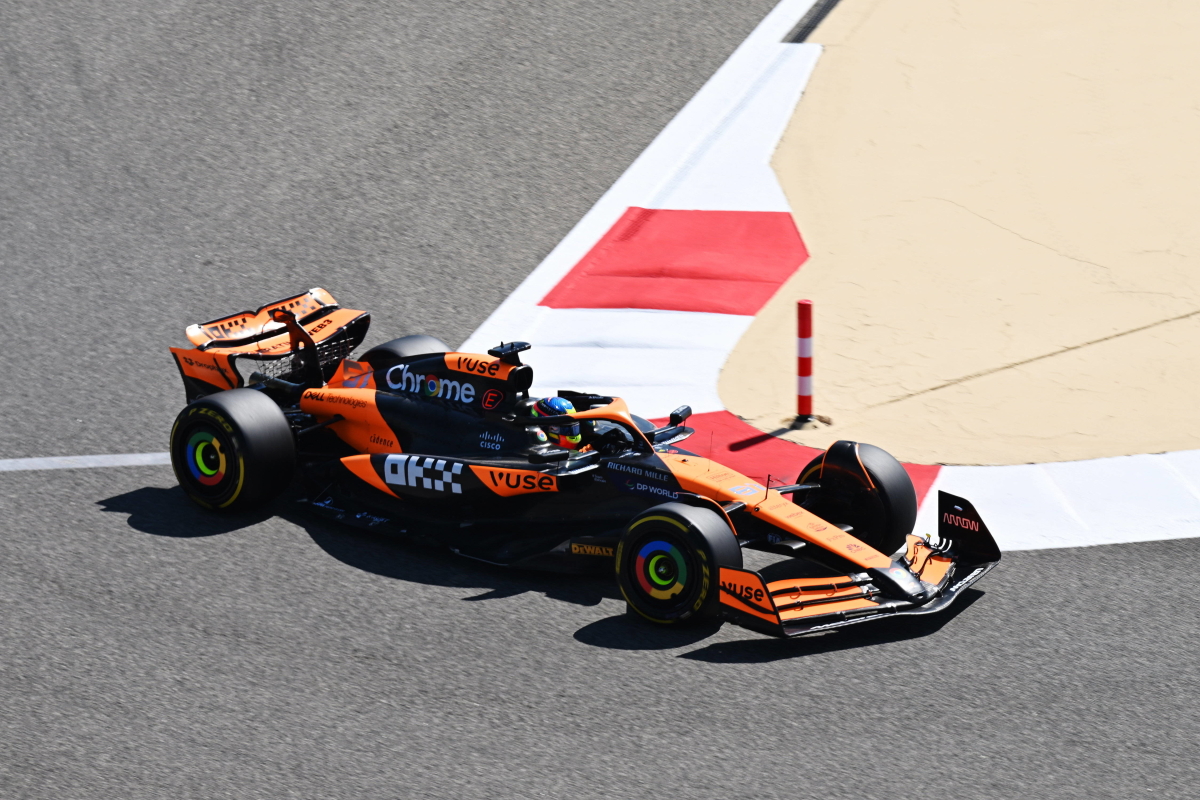
Latest News

Formula 1
F1 Qualifying Results: Max Verstappen title challenge collapses as Norris tightens grip
- Yesterday 20:28

Formula 1
F1 Sprint Results: Lando Norris takes key win as title rival crashes out
- Yesterday 16:24

Formula 1
F1 star in danger of missing Brazilian Grand Prix qualifying after huge sprint wreck
- Yesterday 18:05

Formula 1
F1 Qualifying Today: Brazilian Grand Prix 2025 start times, schedule and how to watch live on TV
- Yesterday 14:04

Formula 1
F1 Sprint Race Today: Brazilian Grand Prix 2025 start times, schedule and how to watch live on TV
- Yesterday 02:04

Formula 1
F1 Sprint Qualifying Results: Norris tightens grip on title as Verstappen slumps at Brazilian Grand Prix
- November 7, 2025 20:30
Most read

NASCAR Cup Series driver shares health update after scary Talladega moment
- 20 october

Lando Norris reveals crunch McLaren talks that led to Mexico GP dominance
- 29 october

NASCAR star Chase Elliott gets brutally honest after playoff-damaging wreck at Talladega
- 20 october

F1 insider calls out 'harsh' Lewis Hamilton punishment
- 29 october

Denny Hamlin gives heartbreaking update on father's health ahead of Championship race
- 30 october

NASCAR star opens up on confrontation with suspended driver at Martinsville
- 30 october


























 Grand Prix of Australia 2025
Grand Prix of Australia 2025  Grand Prix of China 2025
Grand Prix of China 2025  Grand Prix of Japan 2025
Grand Prix of Japan 2025  Grand Prix of Bahrain 2025
Grand Prix of Bahrain 2025  Saudi Arabian Grand Prix 2025
Saudi Arabian Grand Prix 2025  Grand Prix De Monaco 2025
Grand Prix De Monaco 2025  Gran Premio de España 2025
Gran Premio de España 2025  Grand Prix du Canada 2025
Grand Prix du Canada 2025  Grand Prix of Austria 2025
Grand Prix of Austria 2025  Grand Prix of Belgium 2025
Grand Prix of Belgium 2025  Grand Prix of Hungary 2025
Grand Prix of Hungary 2025  Grand Prix of Azerbaijan 2025
Grand Prix of Azerbaijan 2025  Grand Prix of Singapore 2025
Grand Prix of Singapore 2025  Gran Premio de la Ciudad de Mexico 2025
Gran Premio de la Ciudad de Mexico 2025  Grande Prêmio de São Paulo 2025
Grande Prêmio de São Paulo 2025  Qatar Grand Prix 2025
Qatar Grand Prix 2025  Grand Prix of Abu Dhabi 2025
Grand Prix of Abu Dhabi 2025 